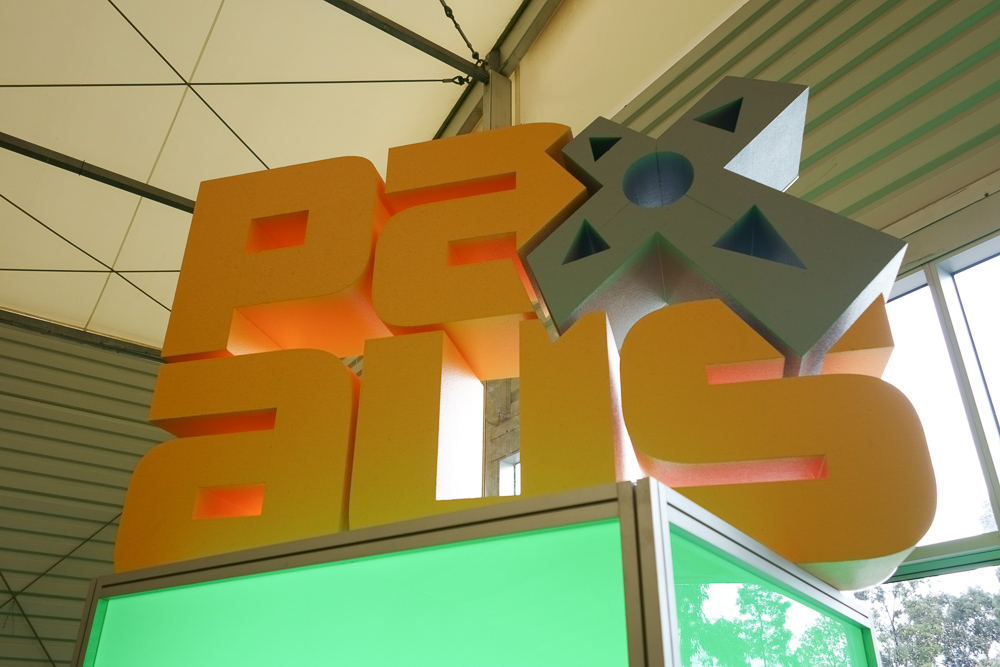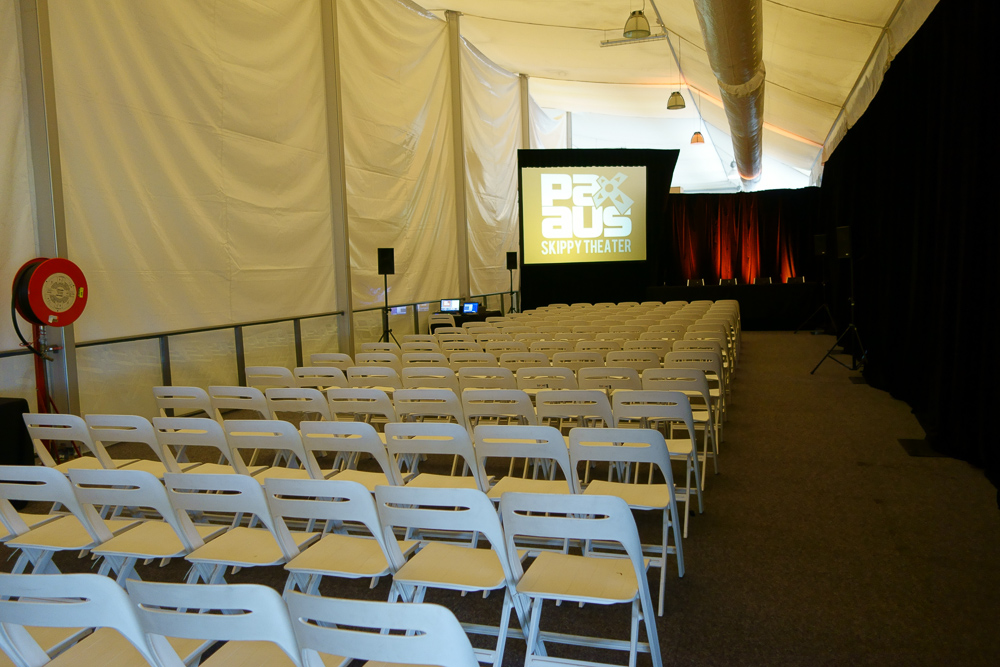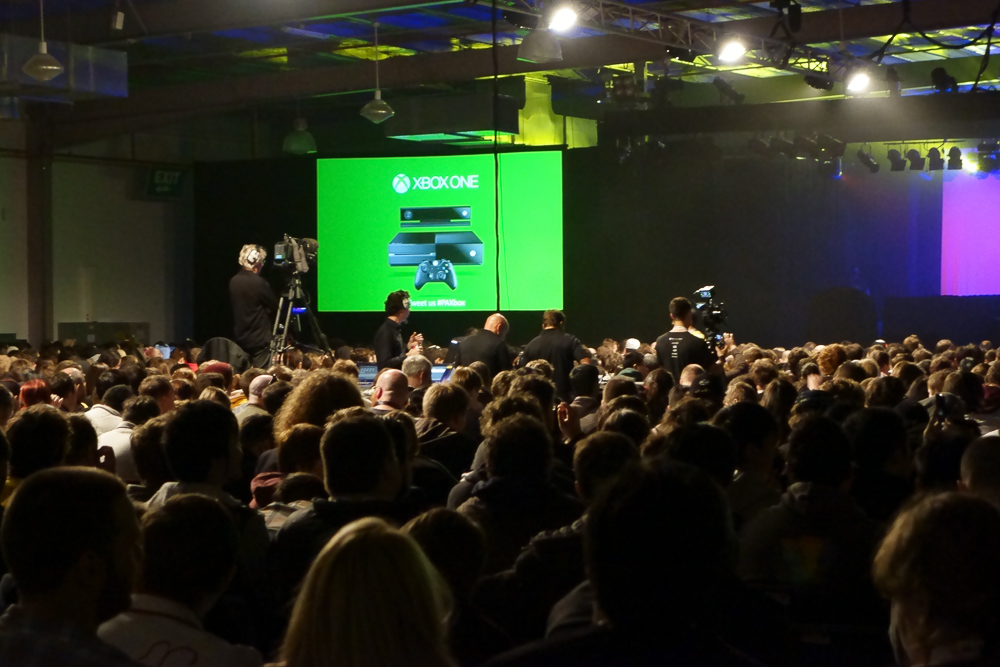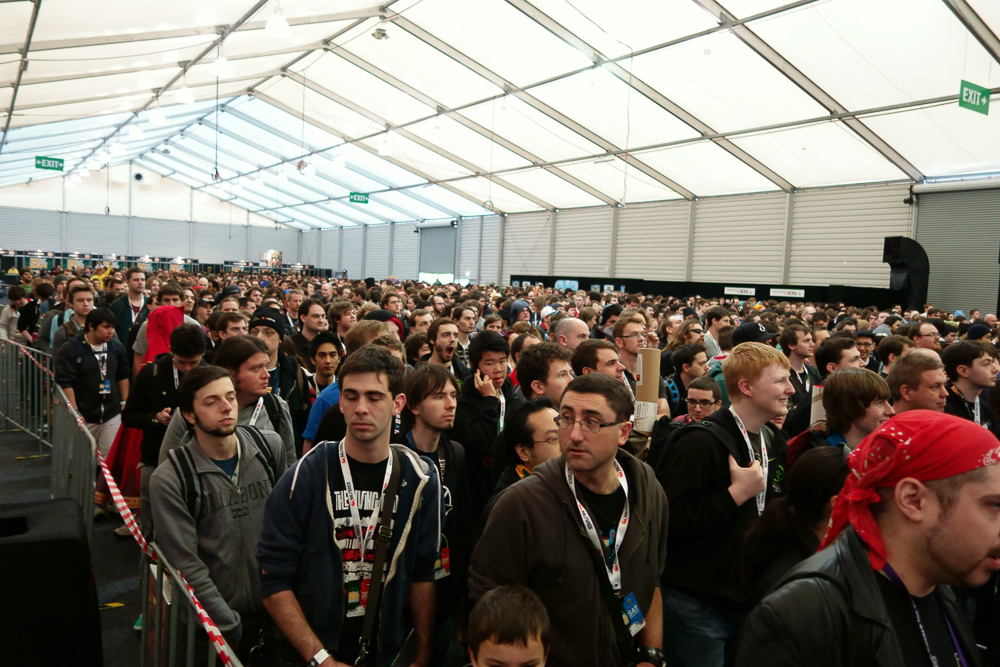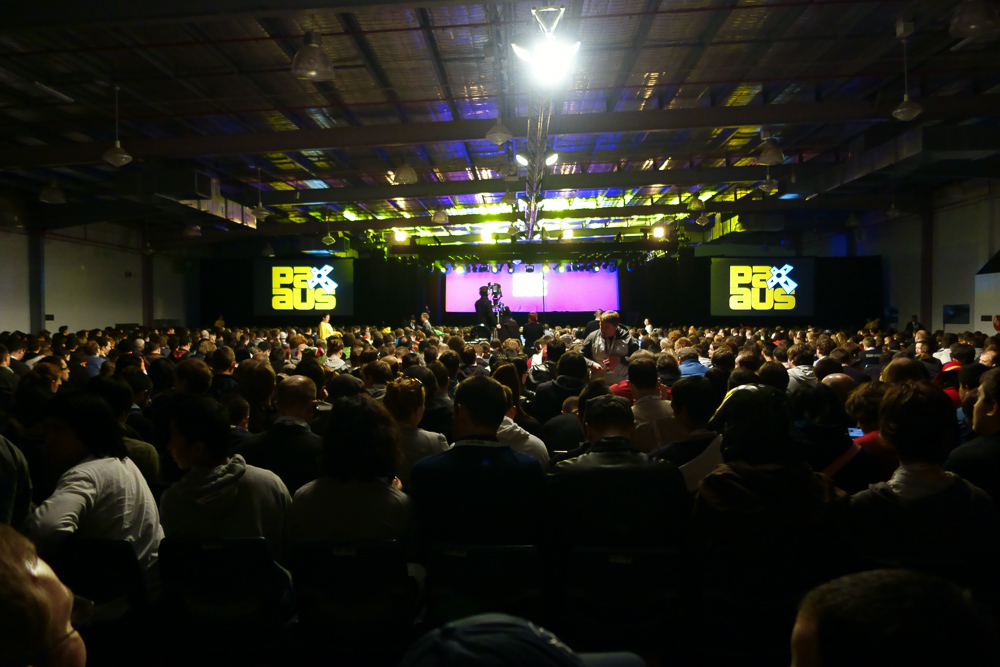I really enjoy film photography, but there are certain aspects which make me pine for something a little more 21st century.
Take ISO and noise performance, for example. With film, you load a roll of film, and that’s your ISO set for the next 36 shots. You can’t chop and change ISOs whenever you want, and you can all but forget shooting at an ISO above 800 as it gets pretty grainy at high film speeds.
On the other hand, digital cameras let you change the ISO whenever you want, and with advances in sensor technology and noise-reduction algorithms, noise is less of a concern than it is with film. That doesn’t necessarily mean you’ll want to shoot at ISO 12800, but the very fact you can is a feat in and of itself.
I’ve been eyeing off a great compact camera for a little while now, and the only thing that has really caught my eye has been the Sony RX100. It’s perhaps a smidgen pricier than what you might normally pay for a good compact camera, but it does have semi-good reason to be: it has a large sensor paired with some decent optics, which usually translates to decent photos. When I say it has a “large sensor”, it’s big, but in relative terms: it’s still smaller than the sensor in your DSLR, and smaller still than the sensor used in the four-thirds system, but it’s one of the biggest sensors available in what can still be called a compact camera. The RX100 is the pocketable, every-day carry size I’ve been looking for.
Sensor size aside, I’ve wanted to play with an RX100 for a little while now, and PAX was a great opportunity to give one a good workout. Then Sony announced and released its successor-of-sorts, the RX100 II. There’s not even that much different between the two models: a back-side illuminated sensor for even better low-light performance, Wi-Fi and NFC, and a display that tilts, but it still makes sense to get the updated model, right?
Long story short, I wasn’t sure if I was going to get one in time for PAX as the release dates meant that I was cutting it fine. But one phone call later, I secured a RX100 II to call my own. And just in time for PAX Australia!
I used the RX100 to take all the pictures you see below. There’s not that much to say about the camera itself, but there are a few points worth mentioning.
While the camera does have an auto-ISO option, it seems to favour slower shutter speeds instead of using higher ISOs. Normally that wouldn’t be an issue, but there’s no option to set a minimum shutter speed, meaning you can get motion blur if you’re not careful. Because of this, I felt as if I had to shoot the majority of my photos in shutter priority to avoid motion blur in photos.
Low-light and noise performance is excellent, as expected. If you’re a pixel-peeper like me, you’ll probably find it’s a fraction soft in the details, but that’s par for the course for any compact camera. I’m generally pretty happy with the images I took during PAX (they’re certainly better than what my iPhone 5 managed to do), but I’d really only consider them “happy snaps” as opposed to images I would deliver to a client. Read into that what you will. That said, the photos turned out totally fine when resized down, and provided you’re not peeping at the pixels of the full-size images, they’re more than adequate for web usage.
I’ll let the photos do the talking in just a moment, but shooting with the RX100 II at PAX made me wonder how I might have fared with a DSLR. There are obvious size and convenience advantages to a compact, of course, but the photos I took just seemed to reiterate the fact that the DSLR is the workhorse, the one that gets the job done. I hardly use my DSLR these days unless I need to produce extremely high quality images, but I’m consistently impressed by the photos it takes, whenever I’ve done everything I can to make the photo as good as it can possibly be (focus and exposure, in that order).
Taking photos of cosplayers was way more fun than it should have been. Having to ask people for photos took a little getting used to at first (street shooters, represent), but it was cool since it meant they looking into the camera — well, most of the time, anyway. There was heaps of great cosplay on display, but half the time I had issues recognising who people were cosplaying as. Either I need to be exposed to more games or their interpretations of certain characters was just too far off the mark for me. And besides, people in Melbourne dress so weirdly anyway it was hard to tell if they were cosplaying or whether they were just hipsters, but I digress.
The lighting was generally terrible in the expo hall and even worse in the theaters, but here are a few shots I gathered during my time at PAX. There’s probably a million things I missed capturing due to just taking it all in, and I’d love to do PAX with a more serious camera and focus on photography, but hey, I think I did OK.

